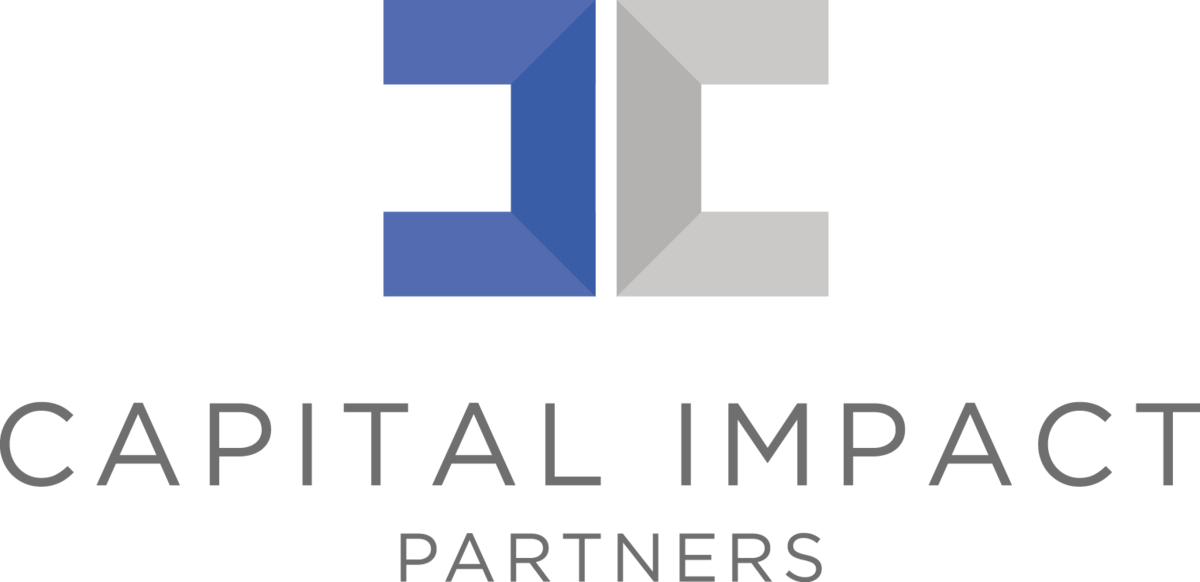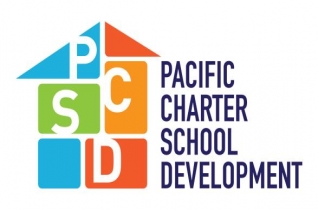The decision whether to develop the project yourself or partner with a developer comes down to two gating questions:
- Do you have the ability to manage a real estate development project? (Does your organization have the financial strength to borrow money? Does it have the necessary skills and capacity?)
- Do you want to own your building?
Amid all the complexity and nuance, there are two primary paths to getting your project built:
- School as project owner/developer. You borrow money and own the property and hire either a project manager/owner’s representative or a developer (in a fee developer capacity) to manage the project.
- Real estate developer as project developer/landlord. You partner with a developer to build your building and lease it to you, in some cases with the option to buy your building from the developer in the future (a purchase option).
The overwhelming majority of schools will, at a minimum, need to hire a project manager/owner’s representative, or a developer in a fee developer capacity (i.e. a developer that does not own the property), to manage the real estate aspects of the project. The rare exceptions are schools with deep real estate, legal, and financial expertise and time commitment from their board, and schools that are part of large networks with a dedicated facilities project manager.
Because you will likely need to engage this outside development expertise at some level, the decision whether your school should act as the project’s owner/developer really comes down to whether you have the track record and financial strength to borrow money for the project, and whether you want to own your building (whether from day one or in the future). If the answer to either of those questions is “no,” you should focus your efforts on finding a developer/landlord that offers lease and potentially future purchase-option terms that work for you. If owning your building is a priority, you should focus on comparing the scope of services, cost, and overall “fit” of working with a project manager/owner’s representative versus a developer that offers comprehensive services for a fee but doesn’t own your building. If the answer to either of the two gating questions is “not necessarily” or “maybe not,” you need to keep all options open.
The Comparing Development Models table lays out four common development approaches/models. In two of those approaches, “do it yourself” and “fee developer,” you borrow money for the project, own your building, and contract out a given scope of development services. In the other two scenarios, “lease with purchase option” and “long-term lease,” you contract with a developer to build your building and lease it to you, sometimes with the intent that you’ll buy the building from your developer at a future date. These are referred to as developer/landlord models.
Related link in Essential Resources: Comparing Development Models
Written by: Sara Sorbello, LISC
Special thank you to: Jennifer Afdahl-Rice, PCSD and Alex Shawe, Level Field Partners
Legal Disclaimer:
Nothing in this material should be construed as investment, financial, brokerage, or legal advice. Moreover, the facts and circumstances relating to your particular project may result in material changes in the processes, outcomes, and expenses described herein. Consult with your own professional advisors, including your financial advisors, accountants, and attorneys, before attempting to consummate any transaction described in this material.


